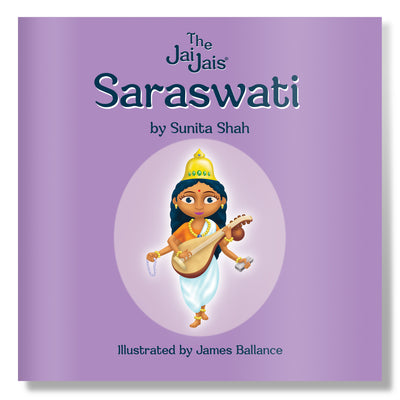My two boys have been super excited for the last two weeks, as we have been tortoise sitting. That’s a new one… the Tortoise has certainly come to tea! We just cannot believe how much this little tortoise, aged 2 called Tiramisu eats! He certainly looks like a yummy tiramisu, his markings and shell are so beautiful. My eldest son Syon said, “Wow mum he has a great life eating and sleeping and not having to travel anywhere as his home his on his back!”. Then came the very inquisitive nature of Dhiyan, my youngest son. “So mummy how did he get his shell?”.
Believe it or not our little Tortoise also has roots and symbolism in Hinduism. Kurma (Sanskrit कूर्म; Kūrma, 'turtle', 'tortoise'), also known as 'KurmaRaja' ('Tortoise King') is the second avatar of the Hindu god Vishnu, the preserver god in the Hindu Trimurti (trinity). He appeared in the Satya Yuga as a giant tortoise to save the earth from destruction. His enormous back was said to have provided a foundation for the mythical Mount Mandara, which was used by the gods (and demons) as a churning rod to stir the milk-ocean thereby obtaining the purported nectar of immortality.
The story goes a last resort, the devas went to Vishnu. The preserver god suggested that the devas pour medicinal herbs into the ocean of milk, and to use Mount Mandara as a churning stick so that they might mix up the elixir of immortality. However, the gods could not uproot the mountain. Thus, Vishnu advised them to make a pact with their enemies the asuras (Demons), so that both parties would share the nectar which resulted. This caused much apprehension among the devas—however, Vishnu simply smiled and provided reassurance. The gods and asuras eventually made their pact to jointly churn the milk ocean. Together they uprooted Mt. Mandara and used it as a churning stick, wrapping the serpent Vasuki around it and using him as the churning rope by pulling first one way and then the other. As the churning began, Vishnu instructed the devas to take the head end of the snake while the asuras were commanded to take the tail end. The asuras insisted that they should control the head end. However, this turned out to be a masterful use of foresight and reverse psychology by Vishnu, for when the churning began, the asuras were promptly weakened in strength by the poisonous breath from the mouth of the serpent.
As the churning continued, Mt. Mandara began to gradually sink into the mud at the bottom of the milk-ocean. In order to provide support for the mountain so it would not sink any further, Vishnu took the form of Kurma, the tortoise, and supported the mountain upon his broad back. The devas continued on with their churning, and eventually fourteen precious articles appeared on the surface of the water, including the Parijata tree, which granted wishes, the elephant Airavata, the moon (which Shiva took in order to adorn his head), the Halahala poison (which Shiva drank), the Kamadhenu, the cow which fulfills desires, Varuni, the goddess of wine, the apsaras, a group of goddesses, the white horse Uchchaisravas, and most importantly the goddess Lakshmi, who was so impressed by Vishnu’s status as supervisor of the churning that she promptly requested to be his consort. Then came the conch, the bow, the mace, and the jewel, all of which were taken by Vishnu. The last precious article to emerge from the milk ocean was Dhanwantri, the Lord of Physicians, who arrived carrying a bowl of amrit, the much-desired nectar of immortality. The asuras promptly commandeered the elixir, however, thanks to another trick on the part of Vishnu in which he appeared as the female Mohini in order to dumbfound the asuras by way of seduction, the devas attained the elixir of immortality for themselves. Thus, the power of immortality remained in the hands of the gods due in no small part to Kurma.
Ref: New world Encyclopaedia
By Sunita Shah












